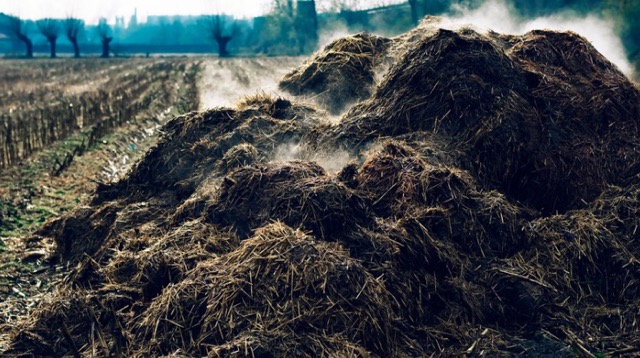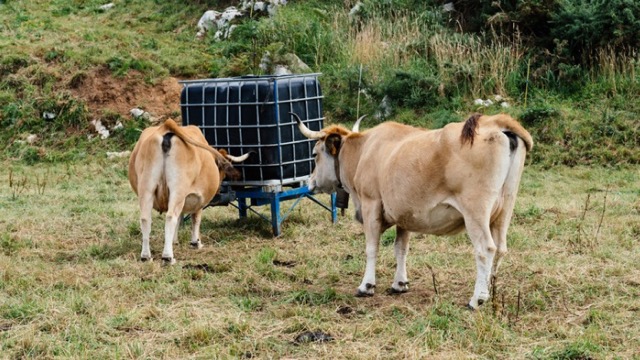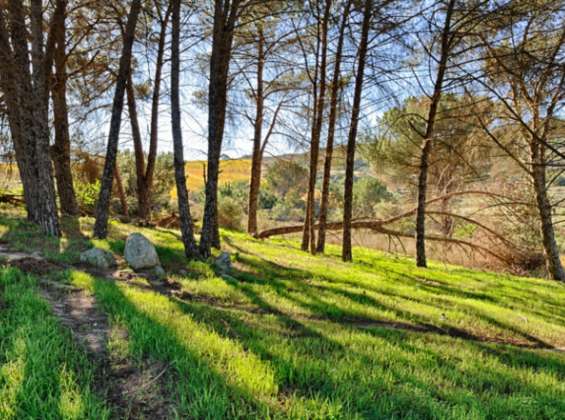
Greenhouse gases are closely linked to the cause of air pollution. Many activities are responsible for these emissions, including agricultural and dairy activities in India.
In Mumbai, there lived two twins named Aarav and Tara. Both were in 8th standard and were curious and environmentally conscious kids. They attended the local school where they always topped the class and made everybody proud. Aarav deeply loved animals and nature, while Tara was passionate about finding sustainable solutions to protect the environment.
One day, their teacher, Ms. Kapoor, introduced the topic of greenhouse gas emissions to the class, specifically focusing on the impact of agriculture and dairy activities in India. She explained how these sectors contribute to the country's emissions and the need for sustainable practices. The subject instantly captivated Aarav and Tara, who were eager to explore the topic further and raise awareness among their peers.
The teacher asked them to discuss the topic and create a project based on how to mitigate these emissions.
During the lunch break, Aarav and Tara gathered their friends in a quiet corner of the school courtyard, surrounded by colourful flowers and blooming trees. They shared what they had learned about greenhouse gas emissions from agriculture and dairy activities in India, determined to start a meaningful discussion.
Aarav explained how India's agriculture sector, which employs a significant portion of the population, contributes to greenhouse gas emissions. In India, the production of agricultural goods is responsible for 18% of total GHG emissions. He talked about the causes like the use of chemical fertilizers, pesticides, and animal waste, which release potent greenhouse gases.
Tara chimed in, discussing the impact of dairy activities on greenhouse gas emissions. She explained how cows and buffaloes produce methane during enteric fermentation, a natural part of their digestion process. Moreover, improper management of the manure can also lead to the emission of toxic gases into the air.
Their classmates listened intently, eager to contribute their thoughts and ideas. Some shared stories of their experiences visiting dairy farms or seeing vast agricultural fields. Together, they brainstormed ways to mitigate greenhouse gas emissions in these sectors.
- Aarav suggested promoting agroforestry: using broad range of land to combine trees and crops to improve soil health and sequester carbon.
- He emphasized the importance of adopting organic farming practices and utilizing natural fertilizers to reduce these emissions.
- Tara added that implementing biogas plants on dairy farms could capture methane emissions and convert them into renewable energy, reducing the sector's carbon footprint.
- She highlighted the need to improve cattle management by promoting better feeding practices and capturing methane emissions for energy generation.
Inspired by their discussion, the students decided to take action. They approached Ms Kapoor with their ideas and started working on their projects. They also proposed organizing an awareness campaign at the school. With her support, they planned a special assembly where they would present their projects to the entire student body, encouraging them to adopt eco-friendly practices at home and in their communities.
On the day of the assembly, Aarav and Tara stood on the stage, sharing their knowledge and inspiring their fellow students to make a difference. They highlighted that both agriculture and dairy activities emit greenhouse gases in the environment.
These toxic gases degrade air quality and add to climate change.
They showed their projects, discussing the importance of supporting local farmers, choosing sustainable food options, and reducing food waste to mitigate greenhouse gas emissions from agriculture and dairy activities in India.
The students' enthusiasm spread like wildfire, igniting a passion for sustainable living throughout the school. They started composting their food waste, growing their fruits and vegetables, and even organizing visits to local organic farms.
As their efforts gained momentum, the message of sustainable agriculture and dairy practices spread beyond the school. Parents, community members, and even local farmers took notice, and together, they started implementing eco-friendly techniques on their farms, reducing greenhouse gas emissions and protecting the environment.
Aarav and Tara's school became a shining example of how young minds can bring about positive change. Their discussion ignited a movement throughout the town, inspiring everyone to take responsibility for their actions and strive for a greener and more sustainable future.
And so, the story of Aarav and Tara's school discussion on greenhouse gas emissions from agriculture and dairy activities in India served as a potent reminder that even the youngest voices can impact the world around them.








Leave A Comment
Your email address will not be published. Required fields are marked.